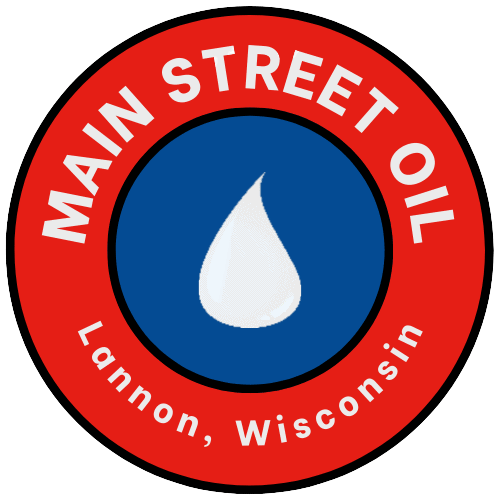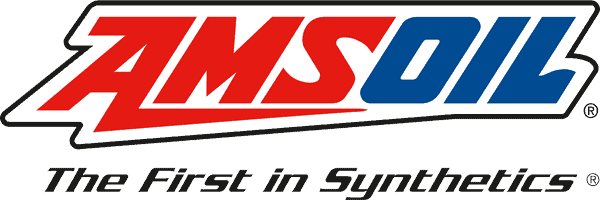Grease Selection Guide: A Closer Look at Grease

We hope this grease selection guide helps you understand the attributes and functions to look for in a good grease for your application.
Grease is a thick, cohesive substance used to lubricate moving parts and is designed to remain in place, even under high pressure and temperature. This makes it ideal for use in the many different bearings, joints and other mechanical components found in motor vehicles.
One of the primary functions of grease is to reduce friction and wear on moving parts by creating a thin film between the surfaces of two parts that are in contact with each other. This durable film helps to reduce the amount of heat that is generated by the friction of those parts, which can help extend the life of the component.
In addition to reducing friction, grease can also help protect against corrosion by providing a barrier between the metal parts and the environment. This helps prevent rust and other forms of corrosion from forming on the parts and can help extend the overall lifespan of the vehicle.
There are several different types of grease, each formulated to meet the specific needs of different applications. Some greases are designed for use in wheel bearings, while others are better suited for use in universal or ball joints. Some greases are also formulated to withstand extreme temperatures, making them suitable for use in engines and other high-heat environments.
It is important to use the correct type of grease for each application, as using the wrong type of grease can cause problems. For example, using grease that is not designed for high temperatures can cause it to break down or become too thin, which can lead to increased wear on the component. Similarly, using a grease that is too thick can make it difficult for the moving parts to operate smoothly.
Check the owner’s manual to determine the recommended type of grease for each application. This will ensure that you are using the correct grease and that you are applying it in the proper amount. Also check the level of the grease in the various components of your vehicle on a regular basis to ensure it is at the correct level.
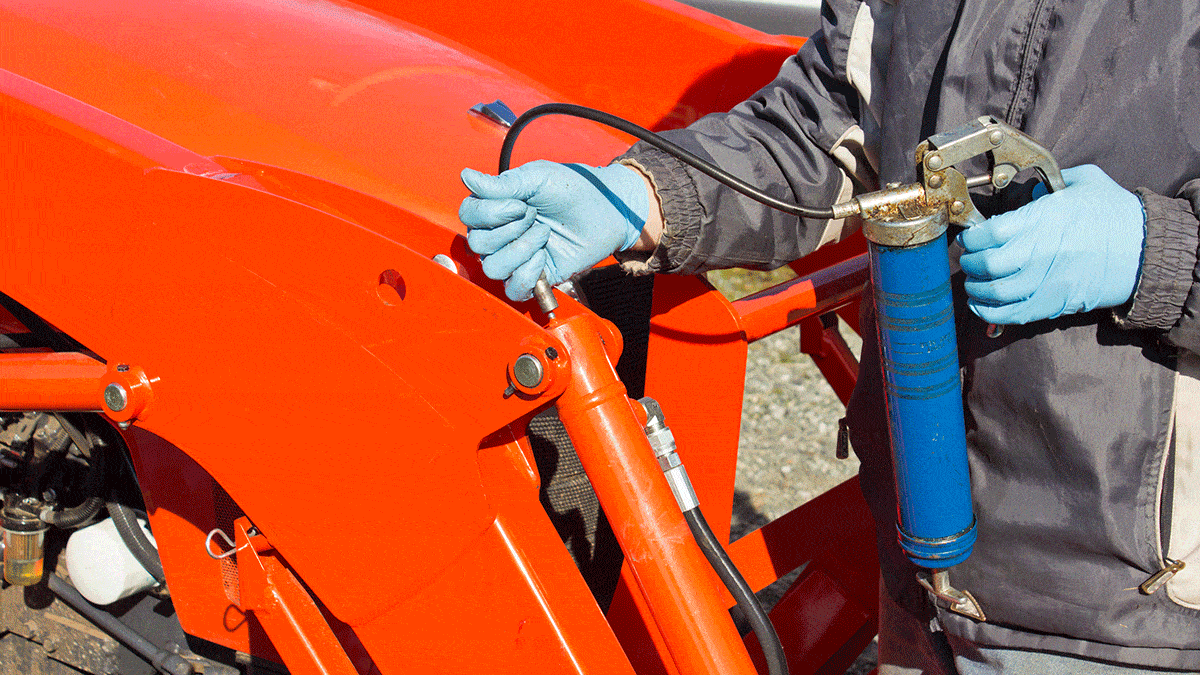
Grease components
Grease is comprised of different combinations of base fluids, thickeners, complexing structure modifiers and performance additives that give the final product its special lubricating properties.
Many different types of base oil may be used in the manufacture of grease, including petroleum (naphthenic, paraffinic) and synthetic (PAOs, esters, silicones, glycols). Just as with motor oils and transmission fluids, the viscosity of the base oil is the most significant property. A lighter, lower-viscosity base oil is used to formulate low-temperature greases, while a heavier, higher-viscosity base oil is used to formulate high-temperature greases.
Organic or inorganic thickeners are added to the base oil to thicken it to an appropriate grease consistency. Organic thickeners can be either soap-based or non-soap-based, while all inorganic thickeners are non-soap-based.
Simple soaps are formed through a process known as saponification, where a fatty acid or ester (of either animal or vegetable origin) is combined with an alkali or alkaline earth metal and reacted with the application of heat, pressure or agitation. The fiber structure provided by the metal soap determines the mechanical stability and physical properties of the finished grease.
To enhance the grease’s performance characteristics, including dropping point and load-carrying ability, a complexing agent may be added to the soap thickener to convert it to a soap-salt complex thickener. Greases formulated with soap-salt complex thickeners are referred to as “complexes” and include lithium complex and calcium-sulfonate complex greases.
Additives such as extreme-pressure, anti-wear and friction-reducing agents are added to the grease to enhance performance, much like the additives in lubricating oils. Performance requirements, compatibility, environmental considerations, color and cost all factor into additive selection.
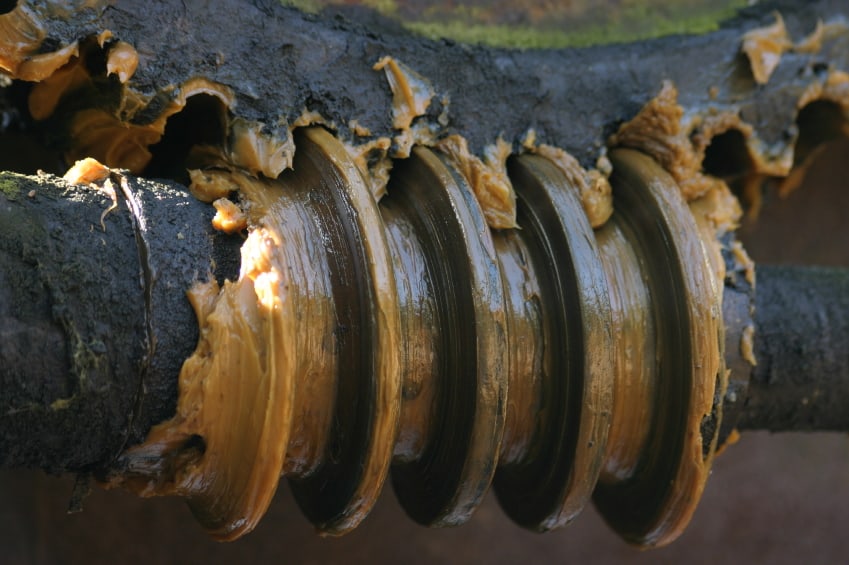
Grease properties
Greases are classified into nine consistency grades (000, 00, 0, 1, 2, 3, 4, 5, 6) established by the National Lubrication and Grease Institute (NLGI). NLGI #000 greases are nearly fluid, while NLGI #6 greases are nearly solid.
Softer grades are often used for improved pumpability or low-temperature service, while harder grades are used where leakage or sealing are bigger concerns. NLGI #2 is the most widespread classification and is used in many automotive and heavy-duty applications, such as ball joints and other suspension components. Chances are you’ve used an NLGI #2 grease before.
The Cone Penetration Test (ASTM D217) measures grease consistency. Under prescribed conditions, a standardized cone is allowed to drop into the grease for five seconds and the level of penetration is measured (in tenths of a millimeter) to determine its NLGI consistency number. The higher the penetration number, the lower the consistency number.
NLGI# | Penetration | Consistency | Food Analogy |
|---|---|---|---|
000 | 445 – 475 | Fluid | Cooking Oil |
00 | 400 – 430 | Semi-Fluid | Applesauce |
0 | 355 – 385 | Very Soft | Brown Mustard |
1 | 310 – 340 | Soft | Tomato Paste |
2 | 265 – 295 | “Normal” Grease | Peanut Butter |
3 | 220 – 250 | Firm | Veg. Shortening |
4 | 175 – 205 | Very Firm | Frozen Yogurt |
5 | 130 – 160 | Hard | Smooth Paté |
6 | 85 – 115 | Very Hard | Cheddar Cheese |
Grease Selection Guide: Performance specifications
The Standard Classification and Specification of Automotive Service Greases (ASTM D4950) sets performance specifications for automotive chassis (LA, LB) and wheel-bearing greases (GA, GB, GC). GC-LB signifies the grease meets the most demanding test standards for automotive chassis components and wheel bearings.
Greases that meet the GC-LB specification typically also meet most automotive original equipment manufacturer (OEM) requirements.
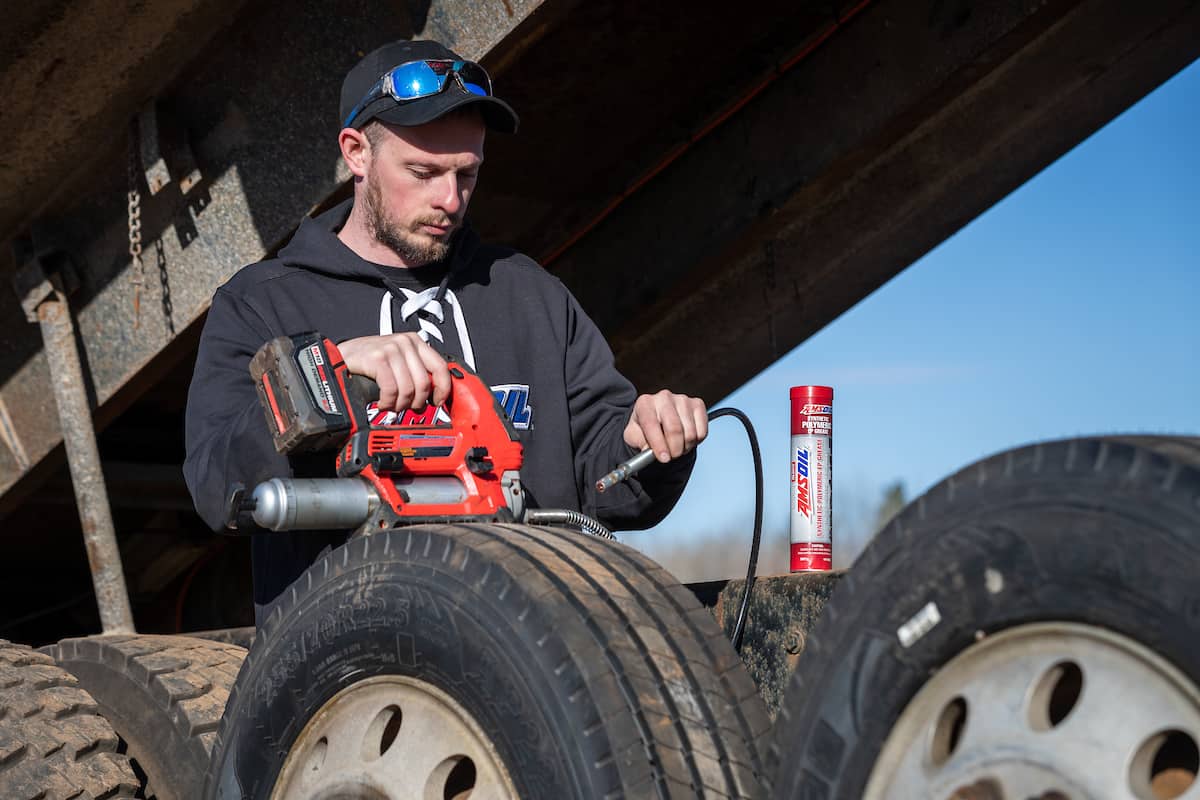
AMSOIL grease for every application
DOMINATOR® Synthetic Racing Grease
NLGI #2, GC-LB
High-performance protection for racing applications under heavy load, high-speed and extreme high- and low-temperature operation on snow, dirt, water or track.
Synthetic Polymeric Truck, Chassis and Equipment Grease
NLGI #2 and NLGI #1
Heavy-duty over-the-road applications, including tractors and trailers, delivery fleets, dump trucks, refuse haulers, utility fleets, emergency service vehicles and fifth-wheel hitches.
Synthetic Polymeric Off-Road Grease
NLGI #2 and NLGI #1
Heavy-duty off-road applications, including agricultural, construction, landscaping, logging and mining equipment and fifth-wheel hitches used in trucking and trailer applications.
Synthetic Multi-Purpose Grease
NLGI #2, GC-LB
Heavy- and light-duty applications, including automotive wheel bearings.
Synthetic Water-Resistant Grease
NLGI #2, GC-LB
Designed for vehicles and trailers frequently exposed to water, mud, snow and ice.
High-Viscosity Lithium-Complex Synthetic Grease
NLGI #2
Heavy-duty industrial and off-road applications under adverse conditions.
X-Treme Synthetic Food Grade Grease
NLGI #2, NSF-APPROVED (Formerly USDA H-1)
Engineered for food service and pharmaceutical industry equipment.
What Kind of Grease Do I Need?
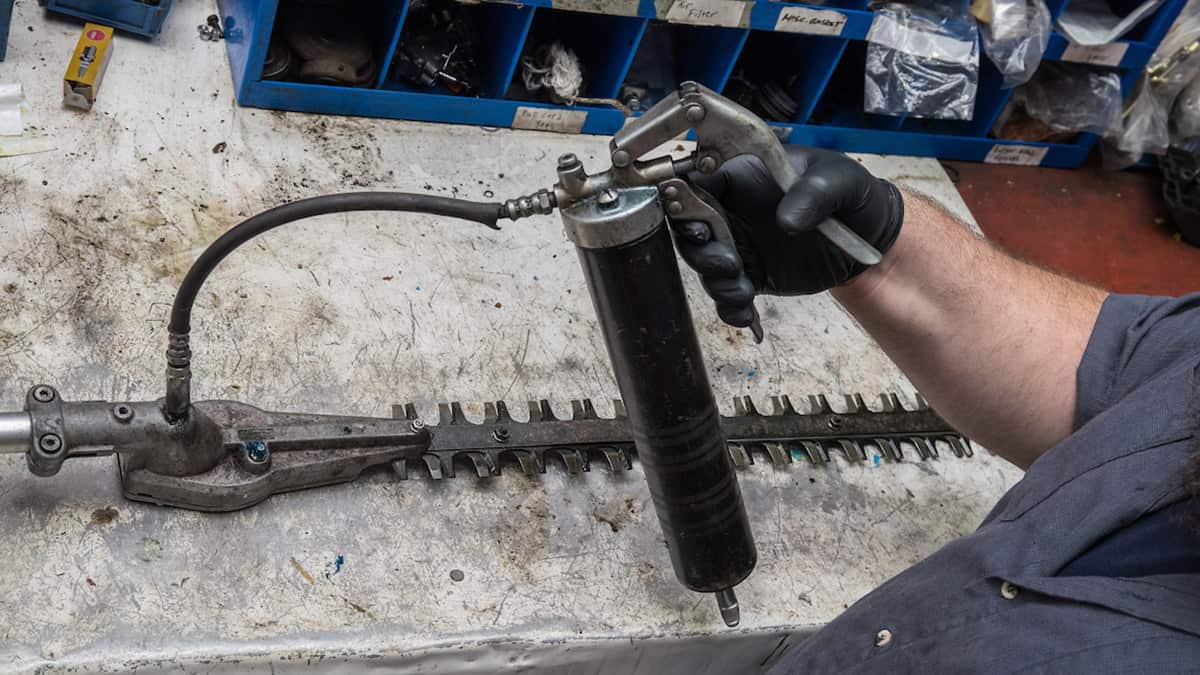
Several factors influence grease selection, including its consistency and thickener type, along with your operating conditions. Here’s what you need to know to determine what kind of grease you need.
What is grease?
Grease is made up of three basic components:
- Base oil
- Thickeners
- Additives
The National Lubricating Grease Institute (NLGI) uses a grease penetration classification. NLGI #2 is the most widespread classification and is used in many automotive and heavy-duty applications, such as ball joints and other suspension components. Chances are you’ve used an NLGI #2 grease before.
Numbers range from NLGI #000, which has the consistency of cooking oil, to NLGI #6, which is as thick as cheddar cheese.
Grease Selection Guide: Performance specifications
Consider the appropriate specifications when determining what kind of grease you need. The grease industry provides performance specifications for chassis greases (LA and LB) and wheel bearing greases (GA, GB and GC).
GC-LB signifies the grease meets the most demanding test standards for chassis components and wheel bearings. Greases that meet the GC-LB specification typically also meet most automotive original equipment manufacturer requirements.
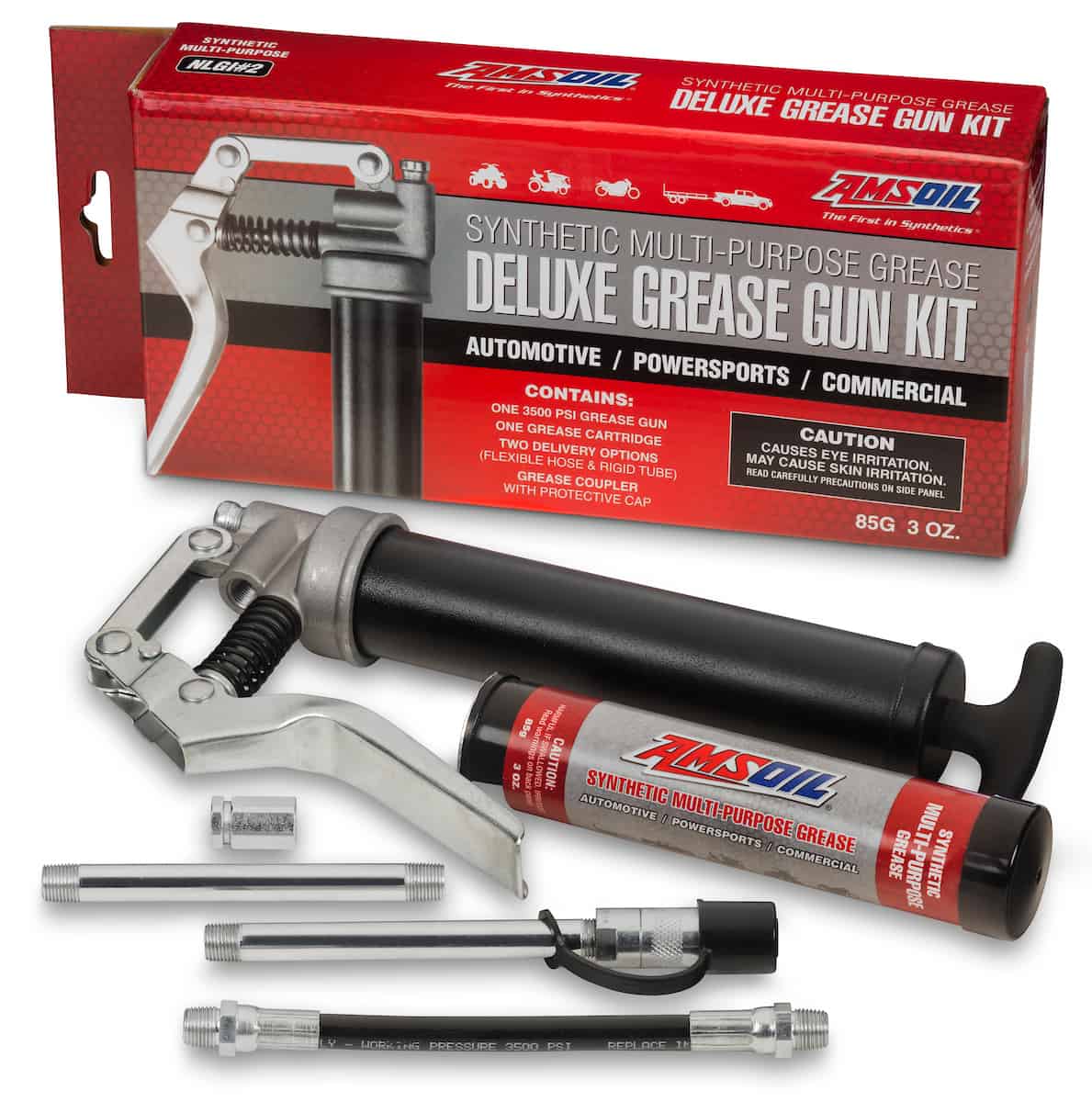
Grease Selection Guide: Which grease to use?
Factors that affect grease selection include…
- Thickener type
- Consistency
- Dropping point
- Temperature range
- Worked stability
- Oxidation stability
- Wear resistance
The most important property of any lubricant is its viscosity, which is typically selected based on the application requirements.
A common mistake when selecting grease is to confuse the grease consistency with the base oil viscosity. You must consider the application, environment, speeds, loads and OEM recommendations.
Here are some popular grease applications and the kind of grease to use:

Rotating bearings
This category includes, but is not limited to:
- Roller bearings
- Plain bearings
- Thrust bearings
- Gears
- Electric motors
- Presses
- Winches
- Bushings
- Wheel bearings
- Chassis lubrication
- Universal joints
- Ball joints
- Tie-rod ends
- Steering knuckles
You’ll commonly find these components in heavy- and light-duty applications found in manufacturing facilities; automobiles; trailers; and landscaping, agricultural and powersports equipment.
General, multi-purpose greases work great, including AMSOIL Synthetic Multi-Purpose Grease, Synthetic Water-Resistant Grease and DOMINATOR® Synthetic Racing Grease.
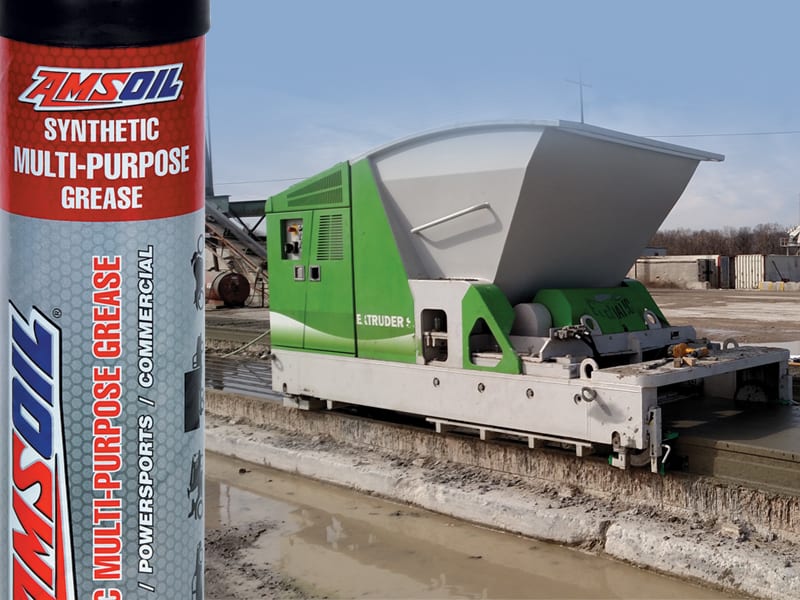
Bearings under heavy-impact loads
These components include, but are not limited to, heavily loaded:
- Chassis grease points
- Wheel bearings
- Axle assemblies
- Universal joints
- Pivot pins
- Steering linkages
- Spring pins
- King pins
- Ball joints
- Water-pump bearings
- Other greased heavy-duty components
These applications require specialty greases formulated for heavy-duty equipment subjected to severe-service conditions. The grease is designed to provide additional protection beyond what a multi-purpose grease provides.
AMSOIL Synthetic Polymeric Truck, Chassis and Equipment Grease and High-Viscosity Lithium-Complex Synthetic Grease are great for these applications.
Non-rotating bearings and sliding applications
These applications include, but are not limited to, heavily loaded:
- Pivot pins
- King pins
- Bucket pins
- Fifth-wheel hitch plates
- Bushings
Greases formulated for these applications are designed to provide additional protection, impact resistance and tackiness beyond what a multi-purpose grease can provide. They are specialty greases that typically identify the type of application and the extreme conditions common to these applications.
AMSOIL Synthetic Polymeric Off-Road Grease and Synthetic Polymeric Truck, Chassis and Equipment Grease are excellent choices.
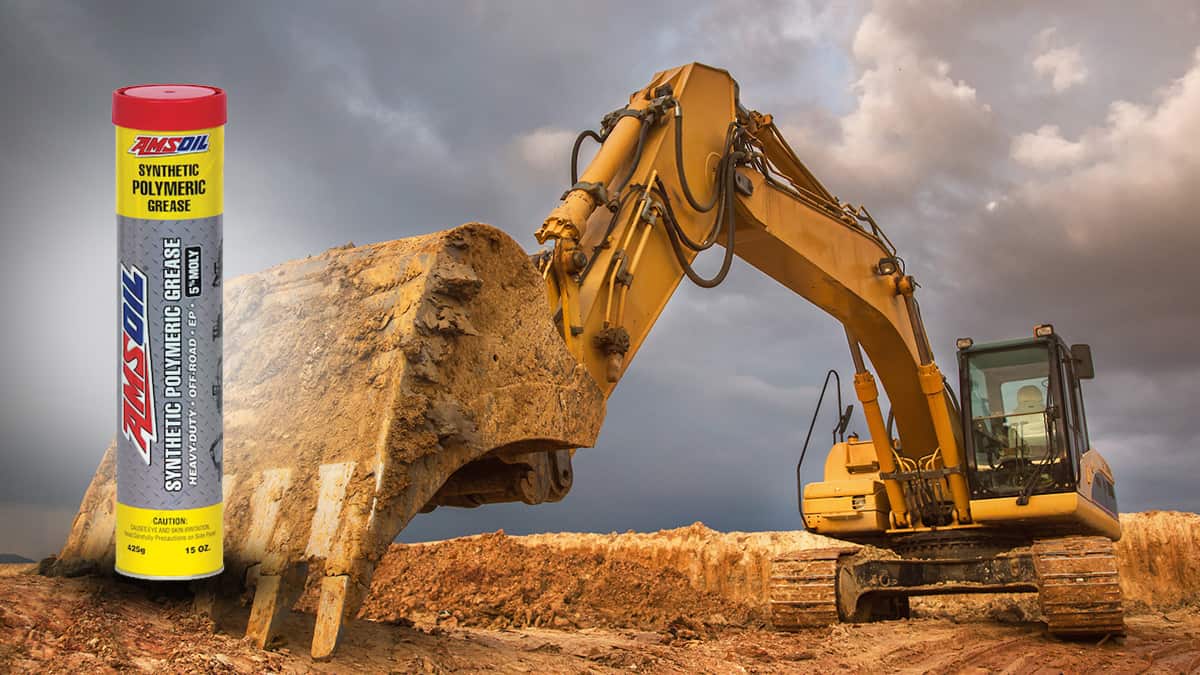
Specialty applications
These include equipment used in the food service or pharmaceutical industries. They often require NSF-Approved grease, such as AMSOIL X-Treme Synthetic Food Grade Grease, which is designed for a wide operating temperature range.
Some applications require a grease with exceptional cold-weather pumpability, like arctic drilling rigs. Most grease isn’t designed for sub-zero temperatures and will have difficulty pumping and protecting in below freezing temperatures. AMSOIL DOMINATOR® Synthetic Racing Grease has excellent cold temperature properties, including extreme-low-temperature torque performance as low as -40°F.
Hopefully, this helps you determine what kind of grease is right for your application.

Please contact Keith, at 262-853-7900 for information about the AMSOIL preferred customer program, including the discounts you get to be able to buy at wholesale prices. And, as we said, Preferred Customers get a print copy of the AMSOIL Preferred Customer Magazine FREE via US Mail - as well as wholesale pricing on AMSOIL products. Click here to become an AMSOIL Preferred Customer, or contact Keith, at 262-853-7900.
Please contact Keith at MainStreetOil.com if you want information about AMSOIL Retail Accounts, Commercial Accounts or setting up your own AMSOIL Dealer Account.
Thanks to AMSOIL.com for providing the words, picture and videos compiled here for a great Grease Selection Guide.
Regards,
Keith Klein
Organizer, Wisconsin Business Owners
Founder & CEO, OnYourMark, LLC
We welcome your comments, questions and suggestions. Please contact us with questions. Best to call, email or visit our site for the best response. We do invite you to engage with us on social media (just not for immediate needs). As always, if you like, you will find us on the following social media sites, among many others:
Facebook
LinkedIn
Twitter
